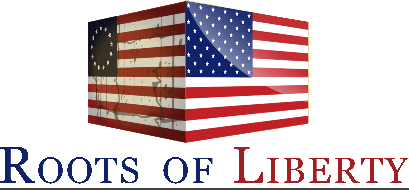By Jessica Chou
I am Buddhist, my neighbor Christian, my teacher Catholic, and my friend Jewish. As America has become a melting pot, different religions have proliferated. But what connects us is our shared identity as Americans who respect the Constitution. The protections laid out in the First Amendment established religious liberty: “Congress shall make no law respecting an establishment of religion, or prohibiting the free exercise thereof.” In light of an increasingly diverse cultural landscape, vigorous devotion to constitutional principles of tolerance and equality, on the part of both courts and citizens, is needed to preserve religious liberty.
First, we must recognize that religious diversity is deeply rooted in America. In the 1700s, many fled religious persecution in Europe, hoping to create “a city on a hill” in America. Anglicanism and Congregationalism became dominant in most colonies, but as more colonists arrived, other groups such as the Quakers and Methodists grew. Though this prompted a physical backlash in some colonies, many others turned to religious tolerance. For example, Virginia’s 1786 Statute for Religious Freedom declared “all men are free to profess and…maintain their opinion in matters of religion”. Pennsylvania’s Declaration of Rights asserts the “natural and inalienable right to worship…according to…own consciences”. And Rhode Island’s constitution claims that a civil state is best maintained with “full liberty of religious concernments.” This widespread pattern of religious liberty in the colonies secured tolerance as an integral American value that we must continue to encourage today.
We must also embrace diversity. The Federalist Papers articulated this idea by implicitly recognizing the importance of religious liberty to American democracy. In No. 10, they reasoned that political, religious, and cultural factions check each other and prevent a single faction from becoming a majority. Only in a free chorus of disparate voices is a soloist drowned out; as long as distinct views are constantly at play, freedom thrives.
The Supreme Court’s evolution of interpretation is also central to preserving religious liberty. From recognizing atheism to Amish practices, the Court has redefined religious liberty many times. Several recent landmark cases such as Masterpiece Cakeshop Ltd. v. Colorado Civil Rights Commission (2017), which held that religious objection to gay marriage can be a form of speech, and Burwell v Hobby Lobby (2014), which exempted some companies from providing contraceptive coverage, also reshaped religious liberty. In addition to court decisions, the federal government also ensures religious liberty pursuant to the Religious Freedom Restoration Act of 1993. Beyond this, we can promote greater civic education by federally mandating a civics course in high school; this would allow a better understanding and appreciation of religious liberty.
Two hundred thirty years after the Constitution’s ratification, the window of religious tolerance and representation, fortunately, continues to expand. Only by continuing to adhere to fundamental American values of tolerance, freedom, and equality, are we able to secure the blessings of religious liberty for ourselves and our posterity.
